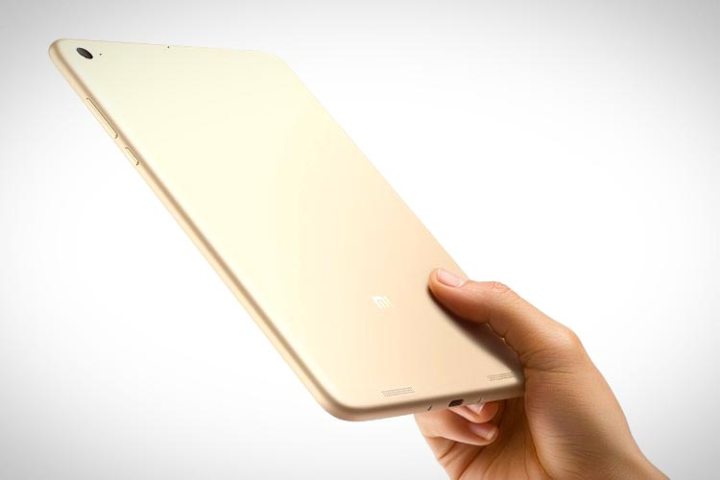
The new tablet boasts the same exterior as its predecessor — an unassuming slab of metal that, aside from the navigation buttons, could easily pass for an iPad Mini. So, too, could the 7.9-inch 2048 x 1536 display, which is still identical to the iPad Mini 4’s.
So what has Xiaomi changed? The processor, for starters. The Mi Pad 2 featured Intel’s Atom X5-Z8500 chipset, allowing the tablet to run the MIUI flavor of Android as well as Windows 10. It was a useful, important distinction that set the Mi Pad 2 apart from other iPad clones.
Well, for the Mi Pad 3, it appears the company has done away with the dual platform strategy. The tablet features MediaTek’s hexa-core MT8176 processor, which lacks the x86 compatibility of Intel’s silicon — meaning it runs Android and only Android. Xiaomi has also doubled the RAM from 2GB to 4GB.
The 8- and 4-megapixel cameras that flanked the rear and front of the Mi Pad 2 have likewise been improved, to 13- and 5-megapixels, respectively. It’s a bit unusual for Xiaomi to have lavished this kind of attention on upgrading the cameras on a tablet, especially considering so much of the rest of the device has remained unchanged.
Users will likely be more appreciative of the new battery, which is surprisingly larger than the outgoing model, despite being contained in the same sized chassis. The Mi Pad 3’s 6,600mAh battery is reportedly good for about 870 hours in standby mode and 12 hours of media use. For reference, its predecessor’s was rated at 6,190mAh.
In terms of storage, thankfully Xiaomi appears to have retired the 16GB option that it offered with the Mi Pad 2, meaning there is now only one 64GB configuration. The device will go on sale in China on Thursday and retail for the equivalent of $220.


